Choosing the right seating for your kitchen, bar, or dining area is essential for both comfort and aesthetics. Counter stools and bar stools are two popular options, but they serve different purposes and have distinct features. Understanding the difference between bar stools and counter stools is crucial for selecting seating that complements your space. This article will explore these differences, helping you decide whether counter stools vs bar stools are best for your needs.
Counter Stools vs. Bar Stools: Key Features
Counter stools vs bar stools differ significantly in terms of height, usage, and design. Here are their key features:
Counter Stools
Height: Typically 24" to 27", ideal for kitchen counters or islands that are 35" to 39" high.
Usage: Suitable for casual dining, office breakrooms, and home setups with lower counters.
Bar Stools
Height: Taller, ranging from 28" to 33", compatible with bars or surfaces between 40" and 43".
Usage: Commonly found in bars, restaurants, and high dining tables.
Understanding these distinctions ensures that your seating matches your space's height and functionality.
.jpg)
Key Differences Between Counter Stools and Bar Stools
Understanding the difference between bar stools and counter stools is vital for choosing the right seating. Here are the key differences:
Height
Counter Stools: Seat height ranges from 24" to 27", ideal for counters that are 35" to 39" high.
Bar Stools: Seat height ranges from 28" to 33", suitable for bars that are 40" to 43" high.
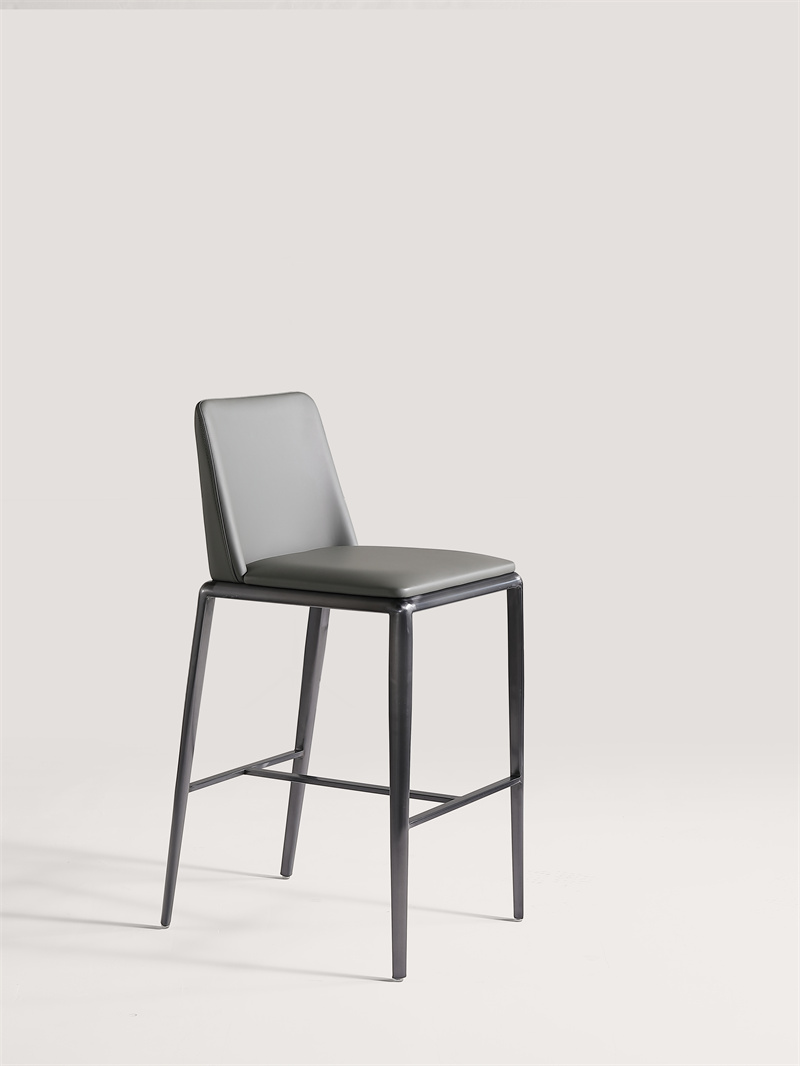
Design and Features
Footrests: Typically included in bar stools for added comfort due to their height.
Backrests and Armrests: Available in both types but more common in bar stools for extra support and comfort.
Swivel Mechanism: Common in both types, enabling easy movement and access.
Choosing the Right Stool for Your Space
Choosing the right stool involves more than just height. Consider these factors to ensure you select the perfect counter stool or bar stool for your space:
Height of the Seating Surface
Measure the height of your counter or bar from the floor to ensure you choose a stool with the correct seat height. For counter stools, aim for a counter height of 35" to 39", while bar stools suit surfaces that are 40" to 43" high. Leave about 10 to 12 inches between the seat height and the underside of the counter or bar.
Style and Design
Consider the overall design aesthetic of your space. Both counter stools and bar stools come in various styles, including:
Backless: Ideal for smaller spaces and easy to store.
Low Back: Provides more support than backless stools.
High Back: Offers the most support, suitable for long periods of sitting.
Swivel: Allows for easy movement and getting on and off the stool.
Armrest: Adds extra comfort and stability but requires more space.
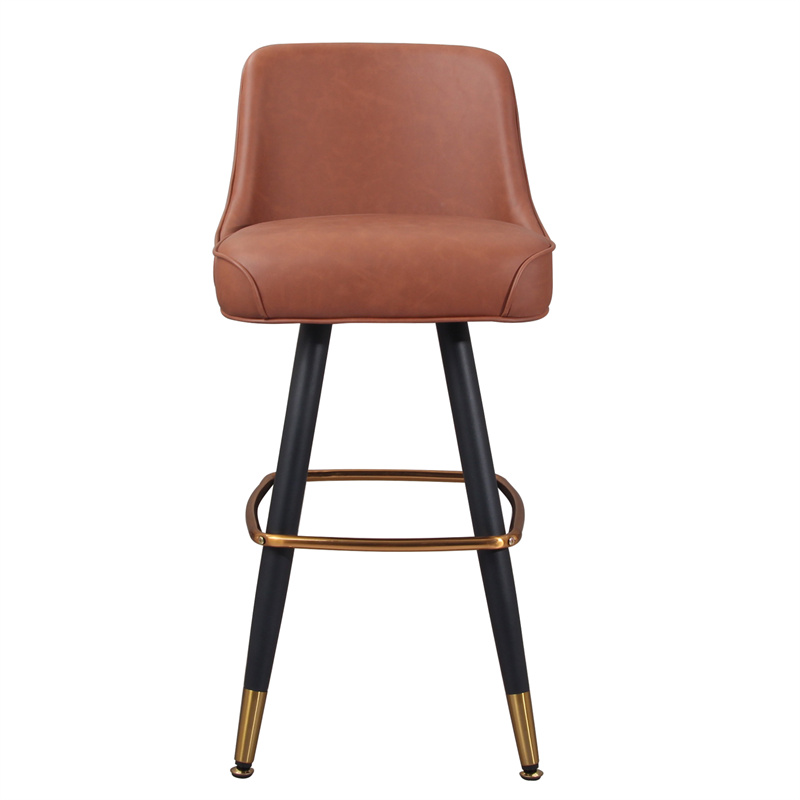
Materials
Both counter stools and bar stools can be made from a variety of materials, each with its own pros and cons:
Wood: Sturdy and durable, fits well in traditional settings.
Metal: Lightweight and easy to move, often used in modern designs.
Plastic: Affordable and easy to clean, suitable for casual settings.
Counter Stools vs. Bar Stools: Which to Choose?
When deciding between counter stools vs bar stools, consider these factors:
Height Difference: Measure your counter or bar surface height. Counter stools suit heights of 35"–39", while bar stools fit 40"–43".
Design Requirements: If you need compact, space-saving seating, counter stools with backless designs work well. For more comfortable seating in commercial setups, bar stools with backrests and footrests are ideal.
Versatility: Adjustable height stools can bridge the gap between counter and bar heights, making them a versatile option for multi-use spaces.
Practical Tips for Choosing Stools
Here are some additional tips to ensure you pick the perfect counter stool or bar stool:
Measure Your Space: Ensure there is enough room between stools for comfortable seating. A gap of 6 to 10 inches is recommended.
Consider Footrests: Especially important for taller stools to provide comfort during prolonged sitting.
Adjustable Stools: If you have varying counter heights or need flexibility, consider stools with adjustable heights.
Conclusion
Understanding the difference between bar stools and counter stools is crucial for making an informed decision. By considering height, style, design, and material, you can choose counter stools or bar stools that meet your needs and enhance your space's aesthetic. Whether you're furnishing a kitchen island or a bar, selecting the right stool can significantly impact comfort and style.

.jpg)
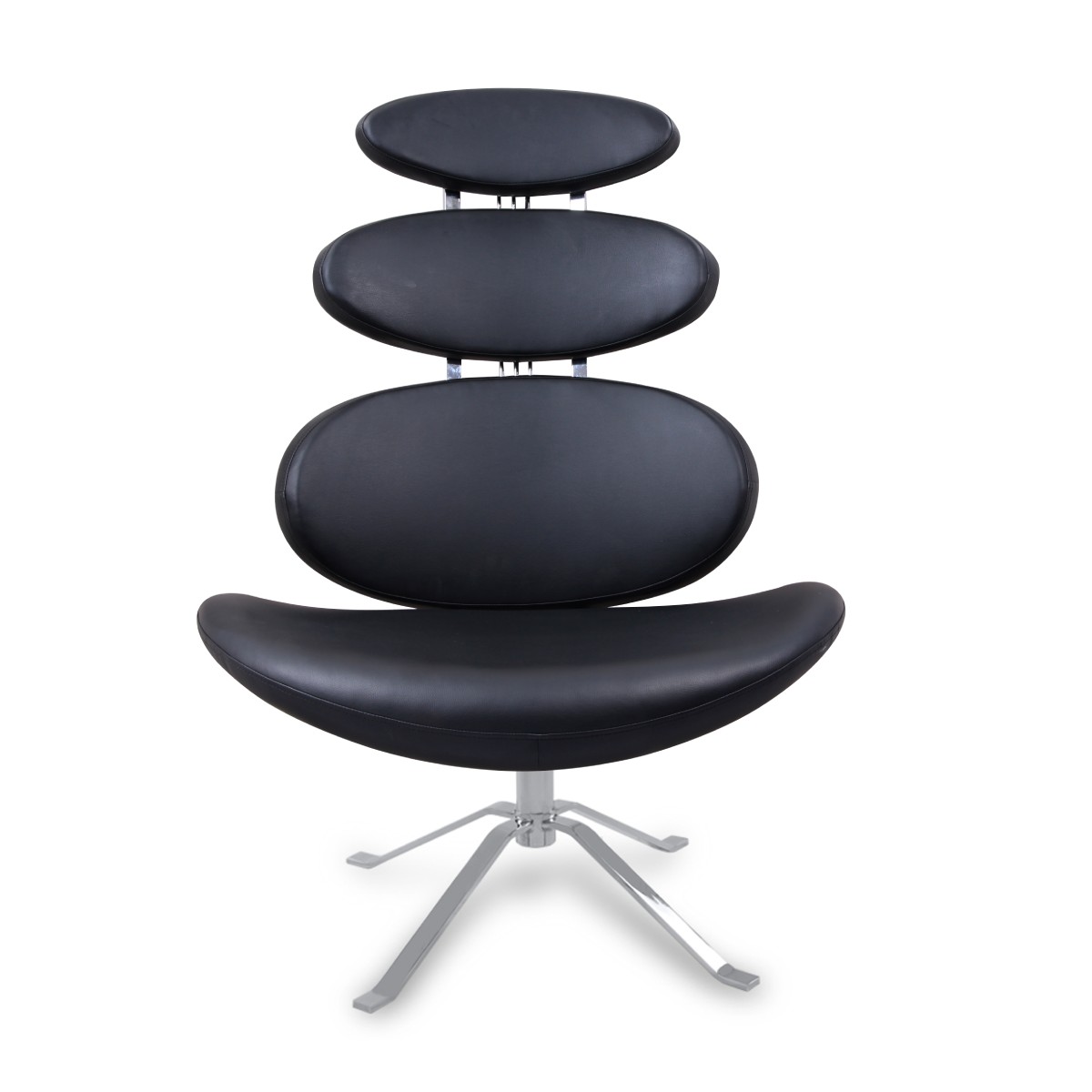
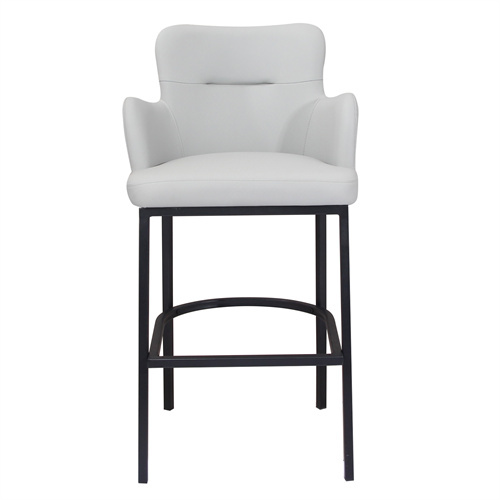
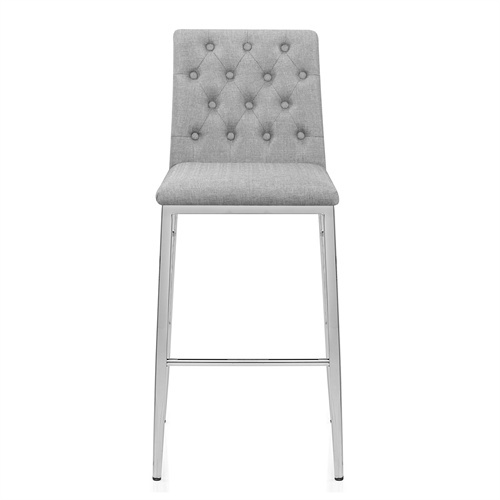
0723.jpg)